Best Places to Visit & Top Things to Do in January in India
 Last Updated: 11 Mar, 2025 By Nidhi Singh
Last Updated: 11 Mar, 2025 By Nidhi Singh
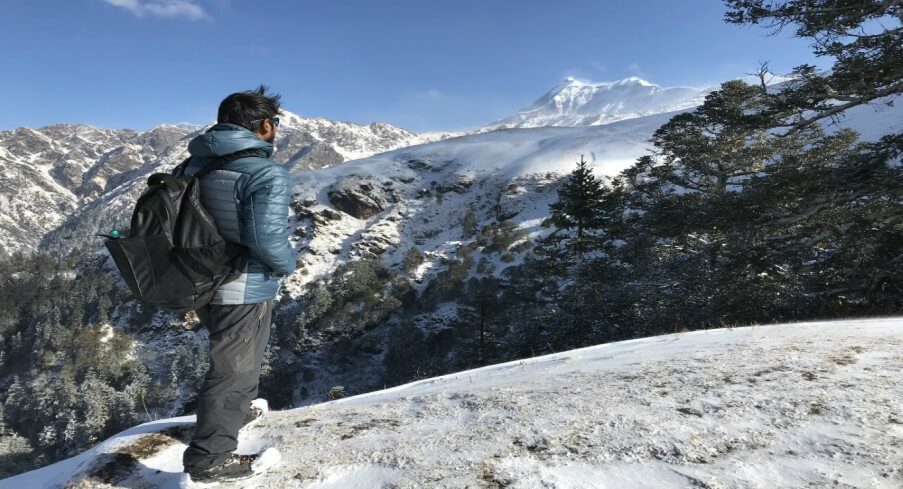
January is one of the few months in the year when the climate in India is cool and pleasant. Naturally, this makes it a popular time for travelers to plan a vacation to the country. The weather in northern India is quite cold, with temperatures fluctuating between 8°C and 15°C, while southern India enjoys pleasant weather, with an average temperature of around 25°C.
One of the major reasons to visit India in January is the festive spirit that sweeps across various parts of the country. Attending these vibrant celebrations can offer a unique and memorable travel experience. Sightseeing also becomes exceptionally enjoyable during this time, as the cool weather makes exploring tourist attractions like forts, monuments, and palaces more comfortable.
Whether you are planning a honeymoon, an adventure trip, or a relaxing vacation, January offers the ideal conditions for an unforgettable holiday. Choosing the best places to visit in India during this month entirely depends on the kind of experience you seek. The northern region offers an experience that is entirely different from that of the south, each promising its own charm and beauty.
Recommended Tours
Some of the best destinations to visit in January are:
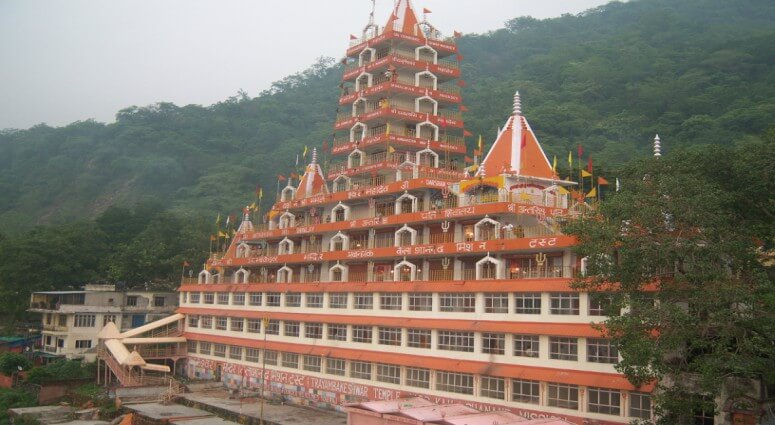
- Goa
- Rajasthan
- Kerala
- Himachal
- Rajasthan
- Uttarakhand
- Andaman
- Uttar Pradesh
- Assam
- Tamilnadu
- Madhya Pradesh
- Karnataka
- Gujarat
- Meghalaya
- Pondicherry
- Maharashtra
- Arunachal
- Nagaland
- Sikkim
What January has in store for you?
Festivals
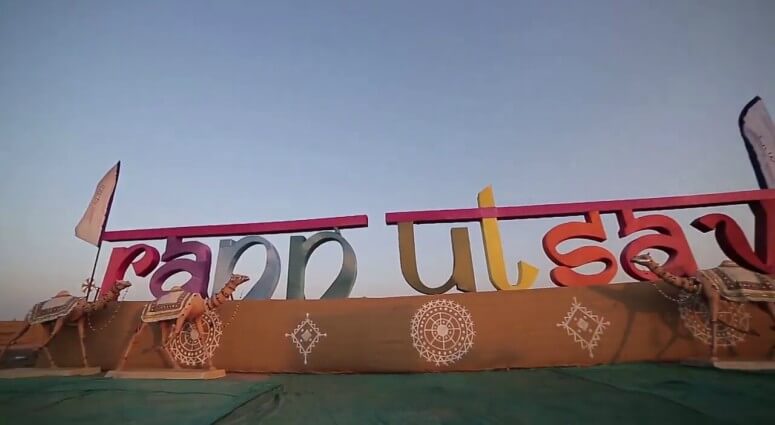
Punjab celebrates Lohri, in Tamil Nadu its Pongal, while the Jaipur Literature Festival in Jaipur and Rann Utsav in Gujarat draw visitors from all over the country and abroad. A unique holiday experience awaits you at Bikaner which hosts the Bikaner Camel Festival or at Tamil Nadu with its Chennai Music Festival. Although not a festival in the traditional sense of the word, the parade on 26th January, celebrated in India as Republic Day, is a national celebration. You should visit these festivals even if you aren’t much into them anyway, as they offer a glimpse of India’s culture, and are a part of her heritage.
Adventure
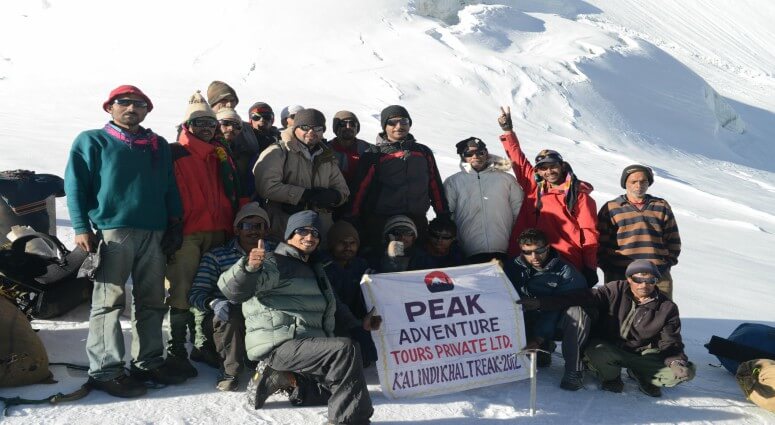
Do you get your shot of adrenaline from paragliding, skiing or snorkelling? Plenty of opportunities for adventure are in store for you during this month. What is great is that they aren’t limited to any one part of the country but are spread throughout India, north, south, east and west. If you are an avid trekker, then this month offers plenty of opportunities for trekking. The most famous of these is Ladakh which hosts the Chadar Trek. During the course of the trek, you are taken across the frozen Zanskar River.
When it comes to trekking, Uttarakhand is as attractive a destination as Kashmir. Two of the most popular treks are Kedarkantha Trek and Dayara Bugyal Trek. While the latter is classified as an easy trek, the former is classified as a moderate level trek.
Another trek which draws more than its fair share of trekkers is the Sandakphu Phalut trek in Sikkim. The highlight of the trek is when you get to see the views of Mt. Everest, which is snuck between Mt. Lhotse and Mt. Makalu (the fourth and fifth highest mountains), as well as the Kanchenjunga Range.
Want to try some white water rafting in Rishikesh? January is the time to do it.
In travel destinations like Andaman and Goa, you can enjoy various kinds of water sports, from snorkelling to scuba diving.
Recommended Tours
Honeymoon
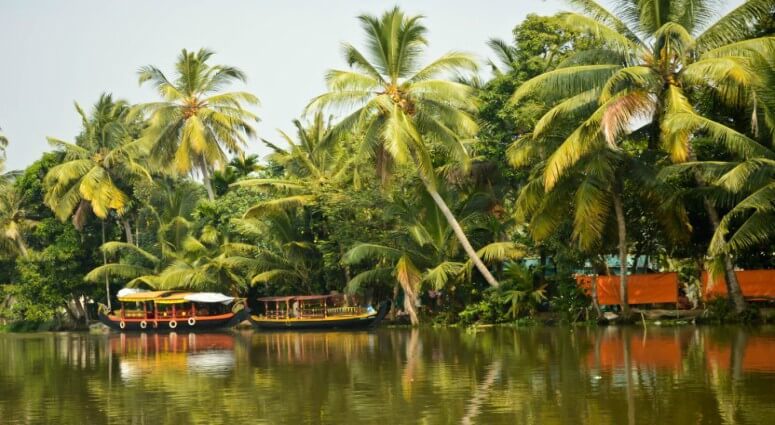
Plan a visit with your loved ones in the month of January with the weather acting like the perfect host. The best places to visit in January in India for a perfect honeymoon are Daman and Diu, Goa, Kerala, Himachal Pradesh, Uttarakhand, Darjeeling (West Bengal), Jammu & Kashmir. The opportunities for romance present themselves in unique ways at each of these destinations.
In Munnar, nothing is more romantic than enjoying a leisurely stroll through the tea plantations, while in Kashmir, your honeymoon comes with a dash of adventure in Gulmarg where you can enjoy skiing.
If you want to party all night, Goa calls you, and so do travel destinations like Landour and Mussoorie with their colonial era heritage and stylish avenues.
Pilgrimage

South India presents itself as an attractive tourist destination in January for more reasons than one. It is also the time to embark on a pilgrimage trip to various holy destinations, a trip which is made more enjoyable by the pleasant weather. A pilgrimage trip here also comes with wonderful opportunities for sightseeing, as most of the temples were built thousands of years back, and are examples of the finest art and architecture. One of the famous pilgrimage destinations in South India is Tamil Nadu.
Here, you can visit Thanjavur, Madurai, Tiruvannamalai, Kanyakumari, Kanchipuram and Rameshwaram. Tirupati in Andhra Pradesh is visited by millions of Hindus in India and throughout the world, and on a trip to South India, you should not let go of this opportunity. Once there, don’t forget to taste the famous “Tirupati Laddu”. Pondicherry is also an attractive pilgrimage destination, and is home to several temples built several centuries earlier.
The most famous of these are Manakula Vinayagar Temple, Varadaraja Perumal Temple and Kanniga Parameswari Temple. It is also home to beautiful churches, Basilica of the Sacred Heart of Jesus and Immaculate Conception Cathedral and St. Andrew’s Church. All of these churches draw visitors both by their history and architecture.
Recommended Tours
Wildlife Safari
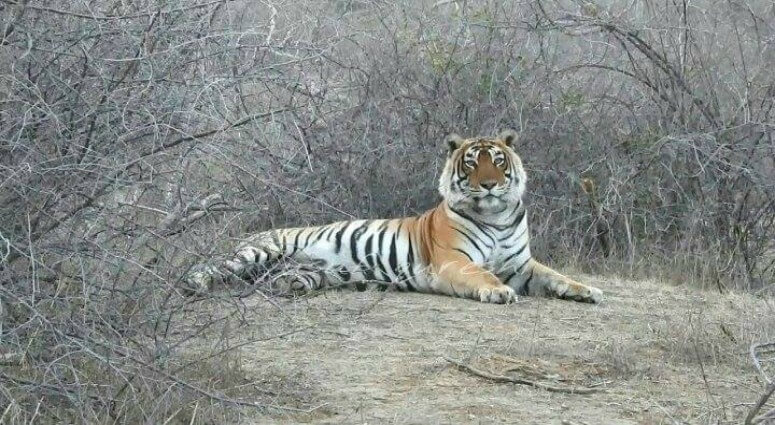
Photo: Yusuf Qureshi
January is one of the best seasons for taking a wildlife safari and therefore, spotting wildlife. During this month, the animals join humans in celebrating the cool weather, and venture out into the open. That presents excellent opportunities for spotting them. Madhya Pradesh boasts the largest number of wildlife sanctuaries in India, with the Royal Bengal Tiger being the main attraction in all of them. The most famous ones are Kanha National Park, Pench National Park, Bandhavgarh National Park and Panna National Park.
In Rajasthan, wildlife lovers and those wanting to spot wildlife should visit Ranthambore National Park, home to a considerable number of tigers. To the east of India, in Assam, is the Kaziranga National Park, a UNESCO World Heritage Site which boasts the highest number of one horned rhinoceros in the world as well as the highest tiger density. Spotting these slow yet elegant creatures is quite a privilege.
If you happen to visit Uttarakhand during this month, which you should, don’t forget to visit the two popular wildlife sanctuaries, Nanda Devi Biosphere Reserve and Jim Corbett National Park. Nanda Devi Biosphere Reserve, declared a UNESCO World Heritage Site in 1988, shows an incredible diversity in its landscape. Here, lush areas lie in close proximity to glaciers and colossal peaks. Inside the reserve, there are rare species of flora and fauna including bharal (blue mountain goat) and brahma kamal. Jim Corbett National Park, named after Jim Corbett, the naturalist and photographer, houses an impressive number of Royal Bengal Tiger while its topography is marked by a diversity in altitude. Other than tigers, other mammals which can be found are leopards and elephants.
Down south, Eravikulam National Park in Kerala is a big hit among tourists, who visit it to spot the Nilgiri Tahr. In West Bengal, there is a world of dense mangroves and mudflats which are crisscrossed by streams and rivers that is called the Sunderbans. It is as famous for the Royal Bengal Tiger and other animals as its topography which is quite unusual. An example of this are the Sundari trees which dot the region and whose roots go upwards.
Recommended Tours
Snowfall

People head towards the high altitude regions in India during the month of January with the hope of watching the snowfall, it is that special. There are many places in India where you can enjoy it. In Jammu and Kashmir, two famous travel destinations which receive heavy snowfall are Gulmarg and Drass, a town in the Kargil district. In Himachal Pradesh, Kufri is famous for receiving snowfall. If you can’t make it to Himachal Pradesh, head to Uttarakhand, where you can watch and enjoy snowfall at Auli and Munsiyari. Those planning a visit to Sikkim during this month also have a good chance of watching the snow, particularly in places like Gurudongmar Lake, Yumthang Valley and Pelling.
Best Recommended Travel Tips
- The temperature of North India is much colder than that of South India.
- Several travel destinations in North India receive subzero temperatures.
- If you aren’t comfortable with extremely cold weather, head to South India.
- This is also the best time to enjoy a ride on houseboats in Kerala.
 Published: 16 Dec, 2019By Nidhi Singh
Published: 16 Dec, 2019By Nidhi Singh
Popular Post
Category by Destinations
Recent Post
Enquiry Form
Get Customized Travel Quotes from Peak Adventure


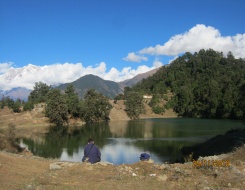
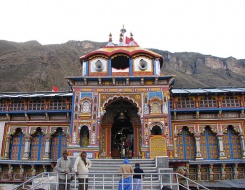
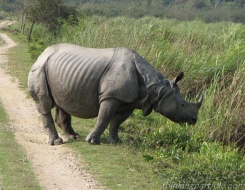
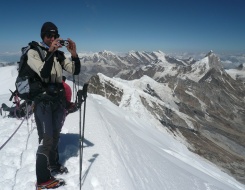
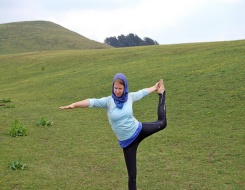
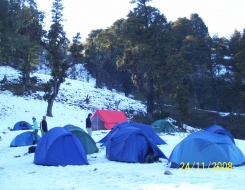
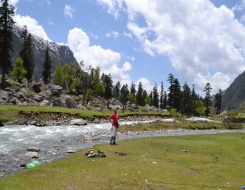
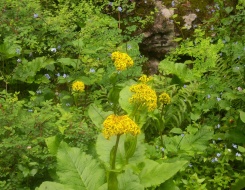
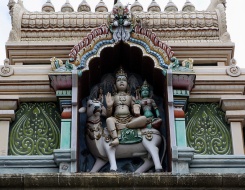
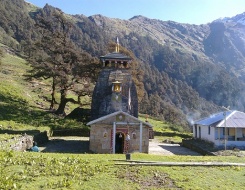
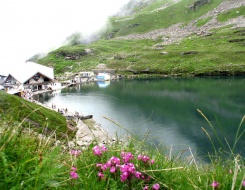
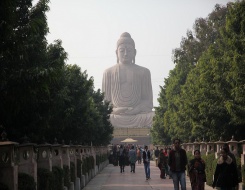
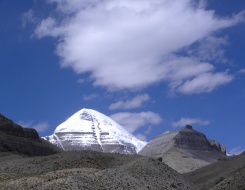
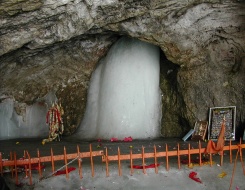
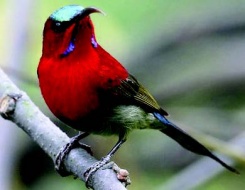
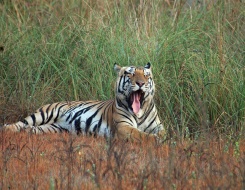

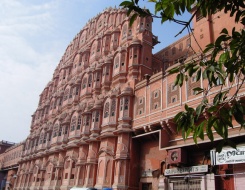
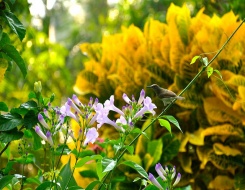
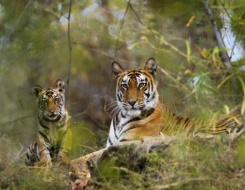
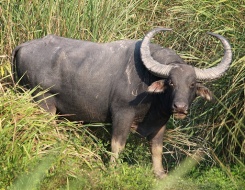
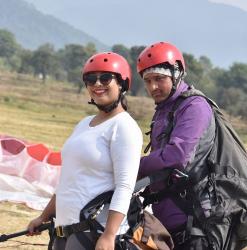

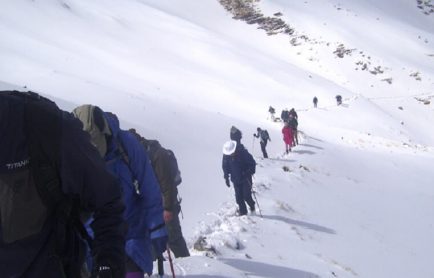
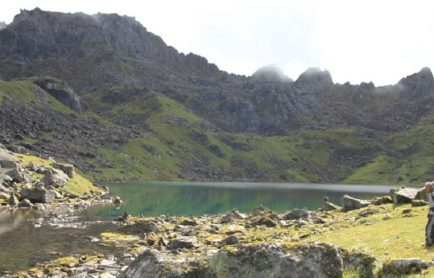
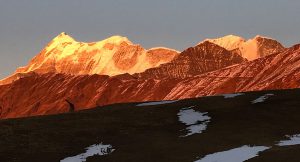
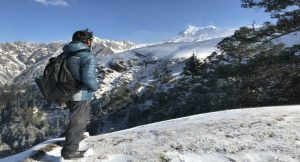
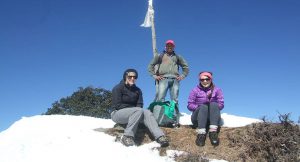

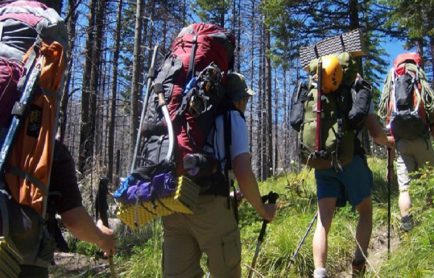
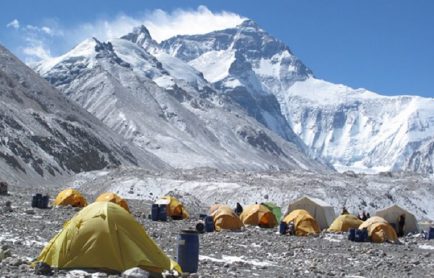

 +919212553108
+919212553108 +919212553108
+919212553108 +919212553109
+919212553109